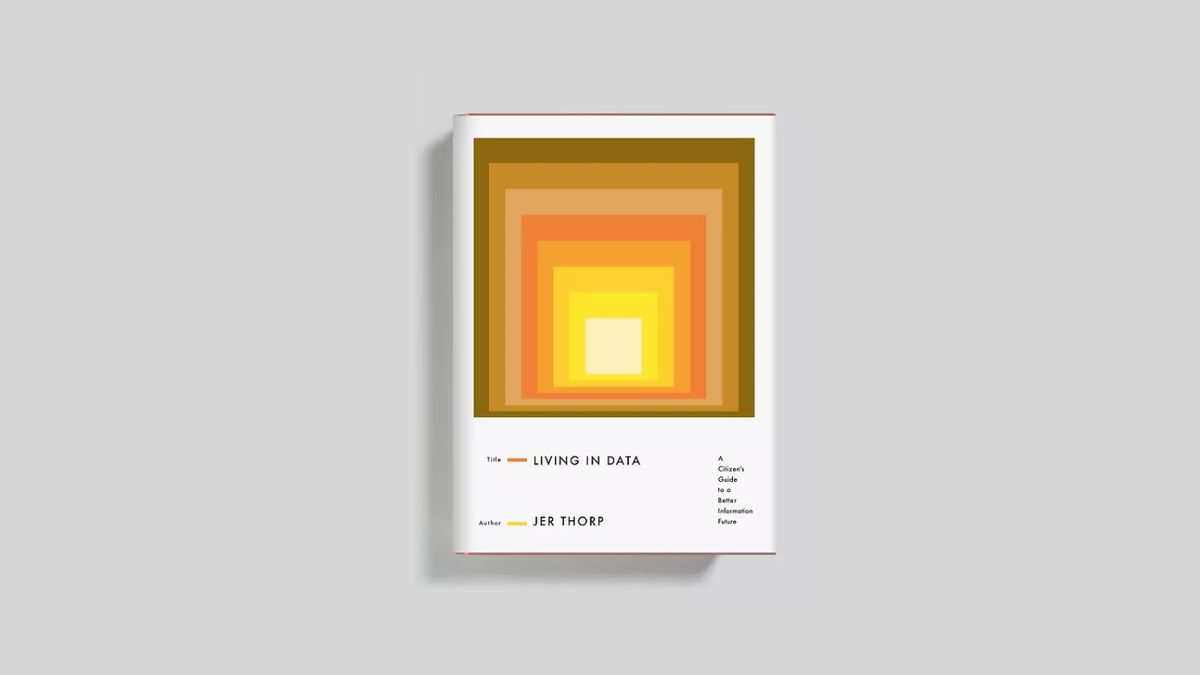Living in Data: Being in data
I don't roll in the binary of good and bad so instead of a book review, here's a meditation on Living in Data.

Big data. Global data. Local data. Open data. Data. Data. Data. I’m not even going to get into the more popular and oft-cited sub-categories of data. Nor will I write about the politics and policies surrounding data. That’s for another time.
When you start to work in data, you cannot help but be in it so there is a tendency to feel overwhelmed as if drowning in it. The literature on data is enormous yet I continue to be drawn to it (that is how I found this book/how it found me). Someone recently shared a repository on data governance and though it seemed to go on forever, I bookmarked it anyway.
I remember during the application process for my current role at the Open Data Charter, I reached a point where I had to accept that I would not be able to cram all there was to know about data in the weeks leading up to my interview.
Working so closely with the words “open data” for almost 2 years now, I have been able to observe this space. I've noticed that there are many among us who are able to look and study data from a distance as if holding this smallish abstract ball in their palms, seemingly able to create a physical space between themselves and data. But, what does that actually mean?
How can we distance ourselves from the very thing we are also made of?
That is what Jer Thorp’s Living in Data: A Citizen's Guide to a Better Information Future reminded me. Not only are there missing, uncollected, unprioritised data sets in the databases and archives all over the world (especially in countries with crumbling public infrastructures): of underrepresented communities (women, LGBTQIA+ indigenous and disabled), places (abandoned and impoverished) and things (discarded and lost), but that there is data even in what looks like emptiness.
There is data in-between everything.
We need daily reminders of all the different ways of looking at and seeing data so we know how to live and be with it. When you are compassionate in the way you move (and write) in the world, I, a Southeast Asian woman and an underrepresented person in the data space, who has never met you, will feel that I am with you in the same world, and not just in the sidelines, reading a white man’s experience with data.
I remain an advocate for openness and open data. Really, open data that is. Because Living in Data attempted to clarify what this is and included a checklist to guide us in our work. Thank you Jer Thorp for writing pages of wondrous windows where I am drawn back into what spurred me to find work in open data in the first place: the new stories we can tell one another that help us take better care of each other as beings in data.
From the room of words, to the sounds of a dying glacier amplified in a city, and the map outlining the distance between Michael Brown’s dying body and the nearby hospitals where nobody brought him, the Māori people's data sovereignty and their tāonga (treasures)—I was pulled in and feeling so much. This is the book you want on your bedside, dog-eared, post-its peeking between pages, phrases and paragraphs underlined (with a pencil) and as it is also in my case, currently propping up my laptop as I type this.
I did not expect that a book about data could exude so much love for people—so much so that at the end of it, I was crying. But that’s what the awareness of living and being in data does to you: you’re a part of it and it’s a part of you. You cannot choose only the beautiful and easy data you want to see and connect it to the parts of you that care. You see it all. The whole of you cares because you are connected to every single bit.
Living in Data is Jer Thorp's first book. The book was designed by Rodrigo Corral with art by Andrew Kuo.
